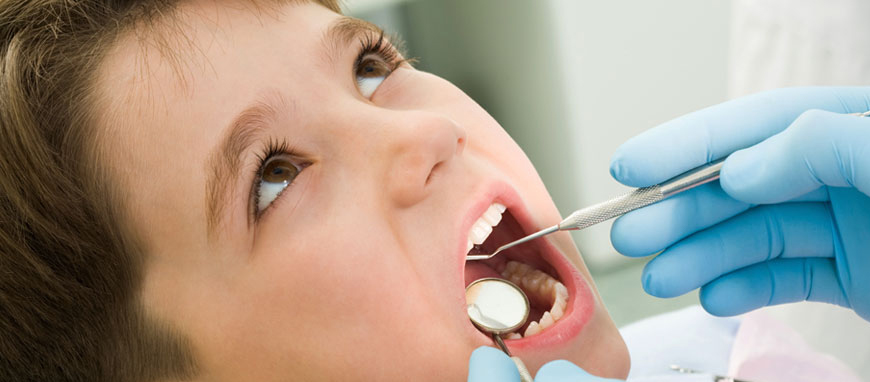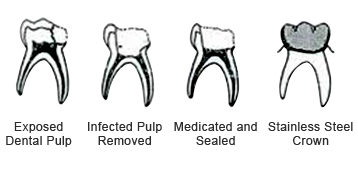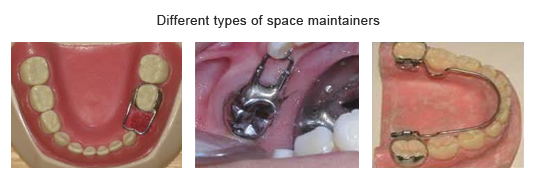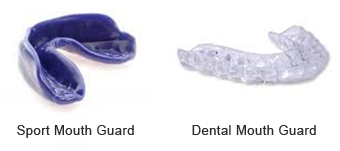
Pedodontics
Who is a Pediatric Dentist?
The pediatric dentist is the specialist who is dedicated to the oral health of children from infancy through the teen-age years. They have special training that allows them to provide the most up-to-date and thorough treatment for a variety of dental problems specific to your child. Their training in child psychology helps make your child comfortable during the various dental procedures. They endeavour not only to treat the dental problem but also ensure that the child leaves their clinic with a smile.
Your Pedodontist specializes in:
Prevention of tooth decay mainly by
- Diet counseling
- Fluorides
- Sealants
Management of tooth decay mainly by
- Fillings
- Root canal treatment
- Capping
Management of problems associated with early loss of milk teeth:
- Space maintainers
Management of harmful oral habits:
- Thumb sucking
- Mouth breathing
- Teeth Grinding
- Lip Biting
Management of irregular teeth:
- Braces/Orthodontic treatment
- Removable appliances
Management of dental problems in children with special needs :
- Medically compromise
- Physically handicapped
- Mentally challenged
- Developmental disorders
- Management of extremely apprehensive and young children.
Pulp Therapy (Root Canal Treatment):
The pulp of a tooth is the inner central core of the tooth. The pulp contains nerves, blood vessels, connective tissue and reparative cells. The purpose of pulp therapy in Pediatric Dentistry is to maintain the vitality of the affected tooth (so the tooth is not lost).
Dental caries (cavities) and traumatic injury are the main reasons for a tooth to require pulp therapy. Pulp therapy is often referred to as a "nerve treatment", " root canal treatment", "pulpectomy" or "pulpotomy". The two common forms of pulp therapy in children's teeth are the pulpotomy and pulpectomy. A pulpotomy removes the diseased pulp tissue within the crown portion of the tooth. Next, an agent is placed to prevent bacterial growth and to calm the remaining nerve tissue. This is followed by a final restoration (usually a stainless steel crown).

A pulpectomy is required when the entire pulp is involved (into the root canal(s) of the tooth). During this treatment, the diseased pulp tissue is completely removed from both the crown and root. The canals are cleansed, disinfected and in the case of primary teeth, filled with a resorbable material. Then a final restoration is placed. A permanent tooth would be filled with a non-resorbing material
SS Crowns:
Like adults, kids also need to get their root canal treated teeth capped so as to safeguard the teeth from fractures. SS crowns are the most commonly used preformed crowns for posterior teeth in children.

Space Maintainers:
“A space maintainer is an intra-oral appliance used to preserve arch length following the premature loss of primary teeth/tooth.” This allows the permanent teeth to erupt unhindered into proper alignment and occlusion.A space maintainer is recommended after the untimely loss of a primary tooth.

Mouth Guards:
When a child begins to participate in recreational activities and organized sports, injuries can occur. A properly fitted mouth guard, or mouth protector, is an important piece of athletic gear that can help protect your child’s smile, and should be used during any activity that could result in a blow to the face or mouth. Mouth guards help prevent broken teeth, and injuries to the lips, tongue, face or jaw.

